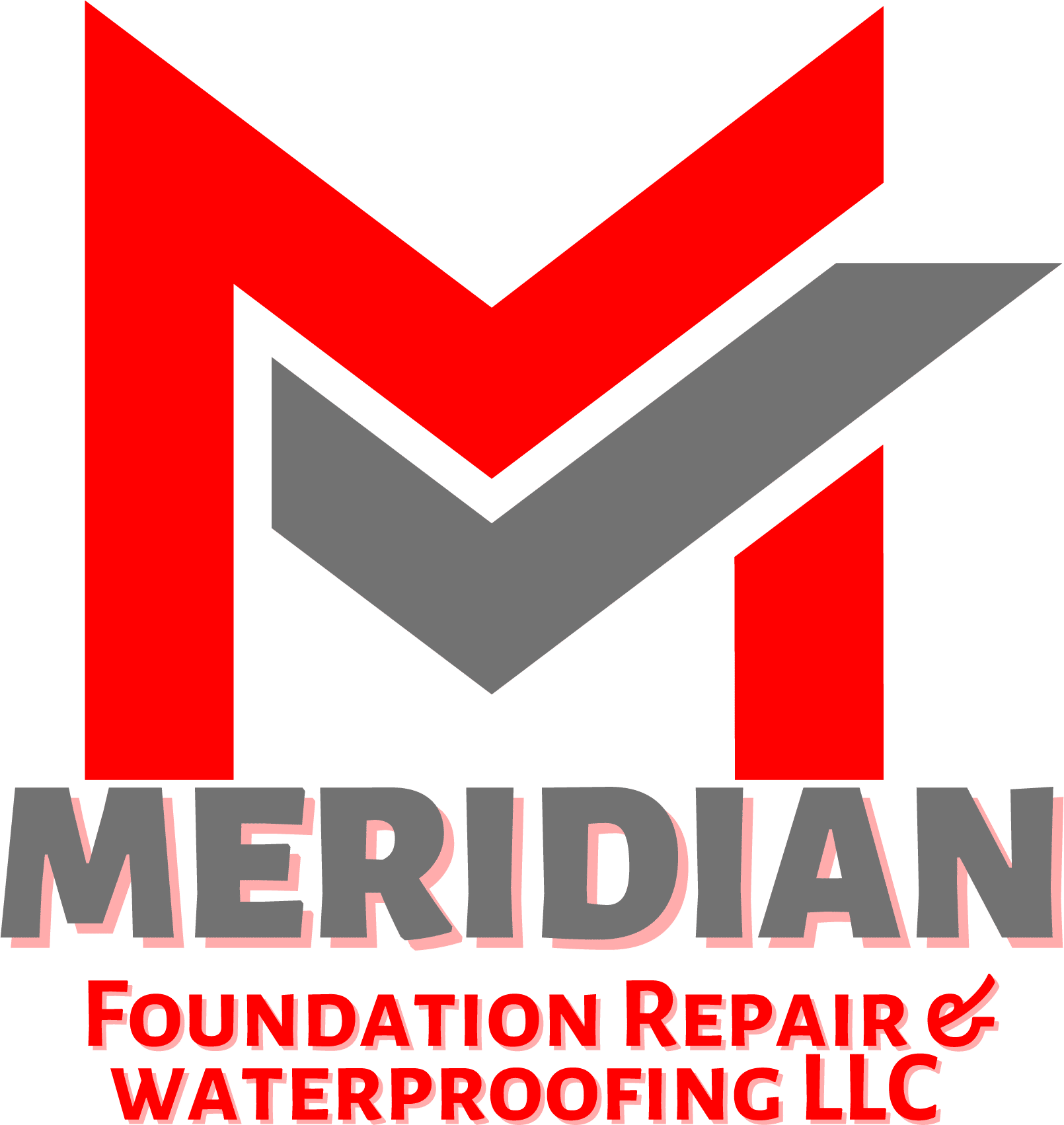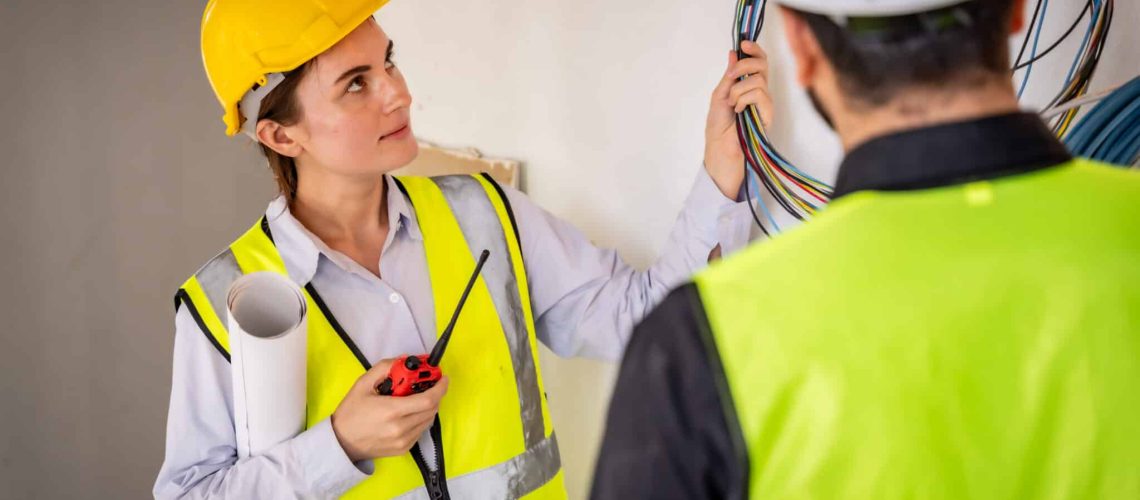The foundation of a building is vital, as it offers essential support to the entire structure, ensuring stability. Yet, over time, cracks can develop, potentially compromising the building’s integrity and endangering its occupants. This underscores the importance of professional inspections. In this article, we’ll explore how professional inspections play a crucial role in identifying and resolving foundation cracks.
Importance Of Regular Inspections:
Regular inspections are essential for detecting foundation issues early, before they escalate into costly and extensive repairs. By identifying problems early, homeowners can address them promptly, minimizing the risk of further damage to the foundation and the rest of the home. Inspections are particularly crucial for older homes or those built on expansive clay soils, which are more prone to foundation movement.
Signs Of Foundation Problems:
Several signs indicate potential foundation problems, including:
- Cracks in walls, floors, or ceilings.
- Doors and windows that stick or no longer close properly.
- Uneven or sloping floors.
- Gaps between walls and ceilings or floors.
- Cracks in exterior brickwork or foundation.
These signs can vary depending on the type and severity of the foundation issue. Homeowners should be aware of these signs and seek professional inspection if they notice any of them.
Professional Inspection Process:
During a professional foundation inspection, a qualified inspector will conduct a thorough examination of the foundation and surrounding areas. This process typically includes:
- Visual inspection of the interior and exterior of the home.
- Measurement of foundation movement using specialized tools.
- Examination of soil conditions around the foundation.
- Assessment of drainage patterns and potential sources of water intrusion.
The inspector will provide a detailed report outlining any issues found and recommend appropriate repairs or further evaluation by a structural engineer if needed.
Tools And Techniques:
Professionals use a variety of tools and techniques to detect foundation cracks and structural issues. These may include:
- Laser levels and optical surveying instruments to measure foundation movement.
- Moisture meters to detect excess moisture in the soil.
- Ground-penetrating radar to identify voids or inconsistencies beneath the foundation.
- Thermal imaging cameras to identify temperature differentials that may indicate water intrusion or structural issues.
These tools help inspectors accurately assess the condition of the foundation and recommend the most effective repair solutions.
Identifying The Cause:
Determining the underlying cause of foundation cracks is crucial for effective repairs. Common causes include:
- Poor soil compaction or improper soil preparation during construction.
- Expansive clay soils that expand and contract with moisture changes.
- Poor drainage or improper grading around the foundation.
- Plumbing leaks or inadequate foundation support.
By identifying the cause, professionals can recommend solutions that address the root problem and prevent future issues.
Reporting and Recommendations:
After completing the inspection, the inspector will provide a detailed report outlining their findings and recommendations. This report will include:
- Description of any foundation issues found.
- Assessment of the severity of the issues.
- Recommendations for repairs or further evaluation.
- Cost estimates for recommended repairs.
- Timeline for completing repairs.
Homeowners should carefully review the report and follow the recommendations provided to ensure the foundation is properly repaired.
Importance Of Timely Repairs:
Promptly addressing foundation issues is crucial for preventing further damage to the home. Foundation problems can worsen over time, leading to structural instability and compromising the safety of the home. By addressing issues early, homeowners can avoid costly repairs and ensure their home remains safe and stable.
Working With Contractors:
When selecting a contractor for foundation repairs, homeowners should consider several factors, including:
- Experience and expertise in foundation repair
- Licensing and insurance
- References and reviews from past clients
- Written estimates and contracts outlining the scope of work
It’s important to choose a reputable contractor who can effectively address the foundation issues identified during the inspection.
Cost Considerations:
The cost of foundation repairs can vary widely depending on the extent of the damage and the chosen repair method. Minor repairs such as filling cracks may cost a few hundred dollars, while more extensive repairs such as foundation underpinning can cost tens of thousands of dollars. Homeowners should budget accordingly based on the recommendations provided in the inspection report.
Long-Term Maintenance:
After completing repairs, homeowners should take steps to maintain a structurally sound foundation. This may include:
- Properly grading the soil around the foundation to ensure water drains away from the home.
- Installing gutters and downspouts to direct water away from the foundation.
- Regularly inspecting the foundation for signs of new cracks or movement.
- Addressing any plumbing leaks or drainage issues promptly.
By following these maintenance tips, homeowners can help prevent future foundation problems and ensure their home remains stable and secure for years to come.
Conclusion
Professional inspections play a crucial role in ensuring the safety and stability of a building by detecting and addressing foundation cracks. A professional inspector can accurately identify the cause and severity of the damage and recommend suitable solutions. It’s essential to address foundation cracks promptly upon detection to prevent further damage and uphold the longevity of the building.


